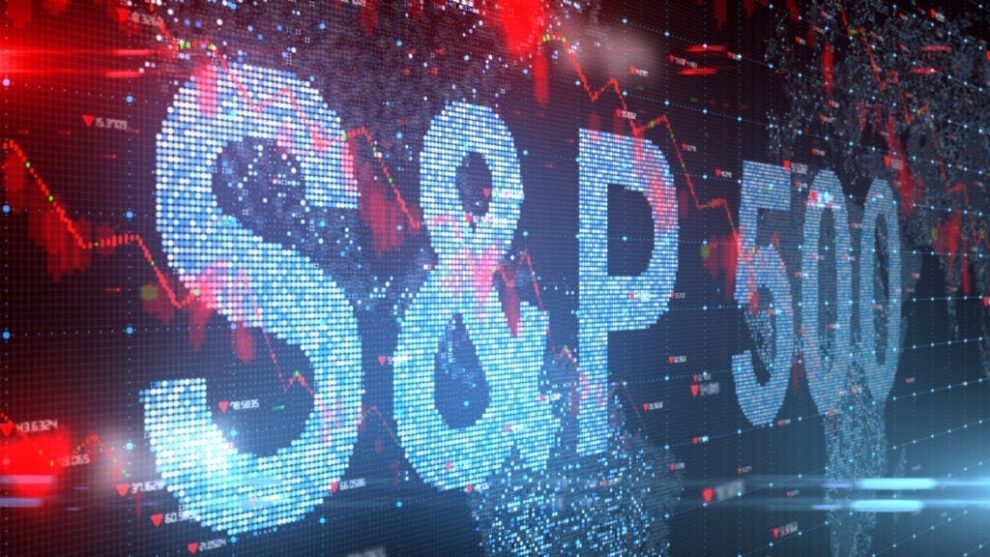Goldman Sachs raised targets for the S&P 500 Index while trimming recession odds and delaying Federal Reserve rate cut forecasts.
What Happened: In a note shared Tuesday, equity strategist David J. Kostin said the investment bank now expects the S&P 500 to climb to 6,500 over the next 12 months. That’s up from a prior projection of 6,200.
The three-month target has been raised from 5,700 to 5,900. The six-month view, aligning with year-end, moved to 6,100, up from the previous 5,900.
Kostin said the revisions reflect “lower tariff rates, better economic growth, and less recession risk than we previously expected.”
See Also: Trump Wants To Kickstart Nuclear Development: These 5 Stocks Could Boom
The S&P 500 — as tracked by the SPDR S&P 500 ETF Trust SPY — rose 0.4% to 5,860 on Tuesday. It hit levels last seen in early March and extending its recovery to 21% since April’s lows.
The rally’s key drivers include de-escalating trade tensions and a rebound in big tech earnings.
First-quarter results showed that S&P 500 earnings per share came in above expectations. Goldman now sees 2025 EPS rising 7% to $262, up from its prior 3% forecast. The 2026 forecast is also raised to $280, reflecting another 7% growth.
Valuations remain elevated but manageable. The S&P 500 currently trades at 21 times forward earnings, in the 90th percentile since 1990, but still below the recent peaks.
Goldman Sachs chief economist Jan Hatzius said the Trump administration’s decision to pause retaliatory tariffs for 90 days was less aggressive than feared.
Effective tariff rate increases for 2025 are now expected to reach 13 percentage points, compared to a prior assumption of 15 percentage points.
“This is below the 54pp tariff hike we had penciled into our baseline,” Hatzius said, referring to the originally expected increase.
He added that if the Trump administration engages in other preliminary trade agreements, that might further lower the U.S. effective tariff rate.
Amid these positive trade developments, Goldman raised its U.S. GDP growth forecast for 2025 by 0.5 percentage points to 1% and cut 12-month recession odds to 35%, down from 45%.
The outlook shift also changes the expected path for interest rates. Instead of cutting in July, Goldman now expects the Federal Reserve to begin easing in December. Expect three rate cuts spaced every other meeting in 2026, rather than back-to-back, the bank noted.
Technology Stocks: Big tech underperformed during the April downturn. Still, earnings in the first quarter showed strength, especially in artificial intelligence-exposed companies.
Goldman says AI-heavy stocks posted 30% earnings growth compared to 9% for the rest of the S&P 500.
“The median stock in our AI baskets has returned -1% year to date despite a 4% increase in consensus forward two-year earnings,” the note says, suggesting room for outperformance as valuations remain relatively undemanding.
Stocks with high pricing power are also favored, particularly in sectors like software, semiconductors and health care, where companies are better positioned to protect margins amid elevated input costs and persistent tariff uncertainty.
Now Read:
Image: Shutterstock




Add Comment